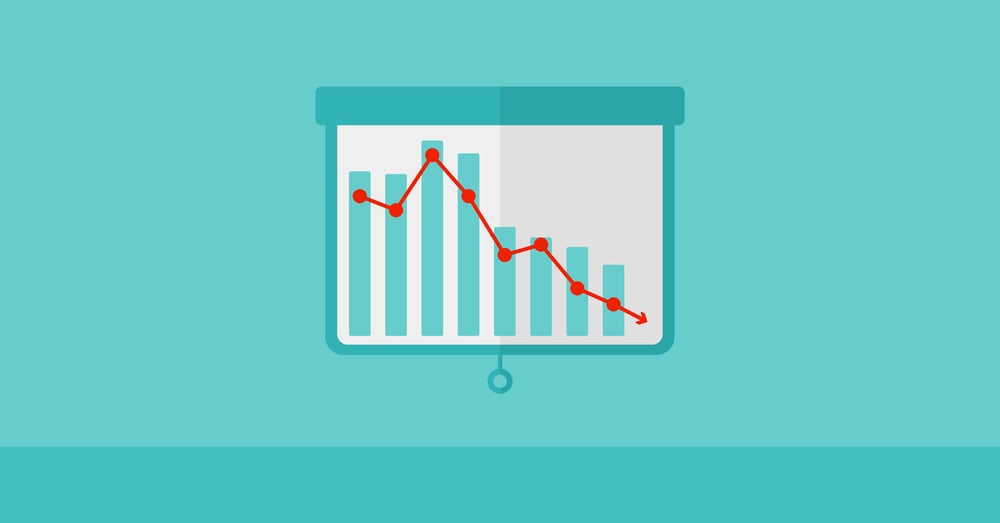Overall mortgage lending growth is forecast to rise 4.1% this year and 3.9% in 2021.

Whilst mortgage approvals rose in December 2019 to the highest level since 2017, overall mortgage lending growth is only set to rise 4.1% this year according to EY.
In its latest 'EY ITEM Club Outlook for financial services', EY predicts subdued growth despite the General Election result and clarity on the first stage of Brexit.
Omar Ali, UK financial services managing partner at EY, said: “2020 began with increased political certainty which is positive for consumer and business confidence, and the growth in lending at the back end of 2019 has given cause for cautious optimism.
"However, it is still too early to tell whether these early green shoots will translate into a full and sustained economic recovery this year which will drive growth for financial services firms.
"It is very early days in the negotiations for the new UK-EU trading relationship, with expectations that any financial services deal will be hard fought.
"On top of that, all businesses are facing additional and significant challenges from wider global geopolitical uncertainty and the yet unknown economic impact of coronavirus.
"The industry will be watching how the next few months play out very carefully.”
Year-on-year unsecured consumer credit growth rose in December to 6.1% from 5.9% in November, however the 3.2% growth forecast for this year is the lowest in six years, down from 3.7% last year and significantly down from the 2017 peak of 8.3%.
On the supply side, there has been some tightening in credit conditions in the unsecured lending market.
Having run at an expected 3.7% last year, the growth in stock of consumer credit is forecast to slow to 3.2% this year, before rising to 4% in 2021.
Overall mortgage lending growth is forecast to rise 4.1% this year and 3.9% in 2021, which is close to the average of the last five years and well down on pre-financial crisis rates.
Despite historically low interest rates and accommodative loan-to-value ratios, affordability remains a key challenge for prospective homebuyers.
In Q3 2019, the average house price was equal to 4.7 times the average borrower’s income.
Dan Cooper, head of UK banking at EY, added: “Whilst there are early signs that consumer confidence might begin to pick-up following the General Election, lending growth is expected to remain pretty uninspiring over the next couple of years and the low interest rates will continue to squeeze net interest margins.
"The structural changes taking place in the car market, combined with a sluggish property market and an increasing trend of firms looking outside of the traditional bank borrowing model for finance, are visibly impacting banks’ profitability.
"It’s vital that the banks assess their business models and strategies to ensure they reflect the reality of low lending growth and can continue to ride out this challenging economic time.”
As for home insurers, prices for home policies rose 2.3% in December, up from a recent low of -1.4% in April 2019.
In Q4 2019 housing transactions, an important driver of big-ticket and insurable household purchases, rose 0.7% on a year earlier.
But this followed drops in the previous two quarters and still left transactions below the level in mid-2017.
The housing market has remained subdued however a pick-up in December following the election result has suggested that improved sentiment could give a boost to homebuying.
Overall, the EY ITEM Club Outlook for financial services shows non-life premium income growing 3.1% this year, up from an estimated 2.7% in 2019, before climbing to 3.9% in 2020.
Ali concludes: “A good Brexit outcome will continue to lay positive foundations for future growth, but there are deeper, structural changes and important emerging trends in both consumer and business finance which the industry needs to tackle.
“In this context, financial services firms need to reconsider the role they will play in helping their customers navigate change.
"They have put the customer first in their response to Brexit and now need to do the same on climate change, trade and geopolitical unrest.”



